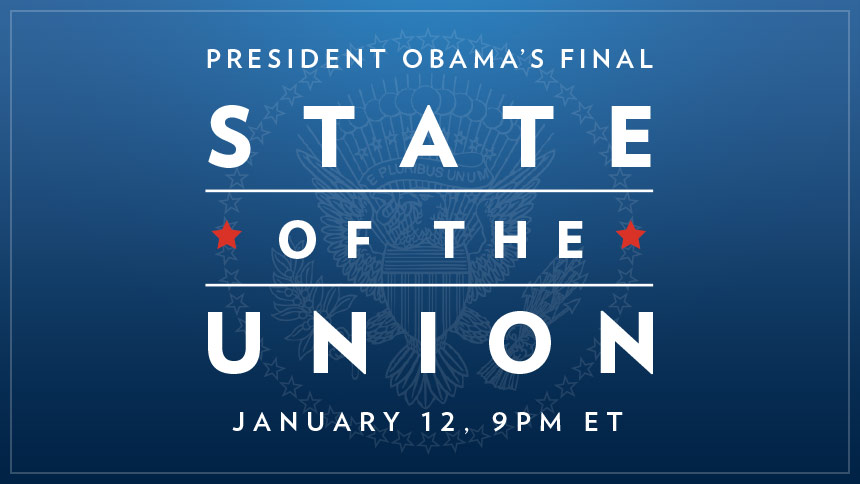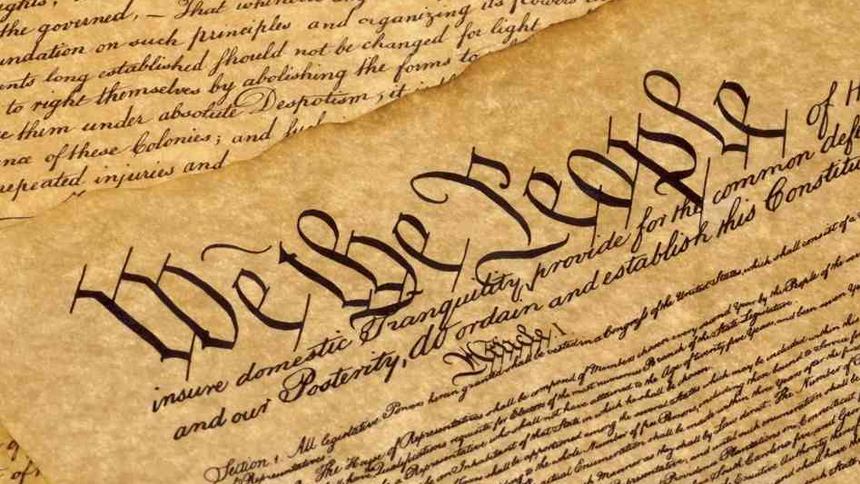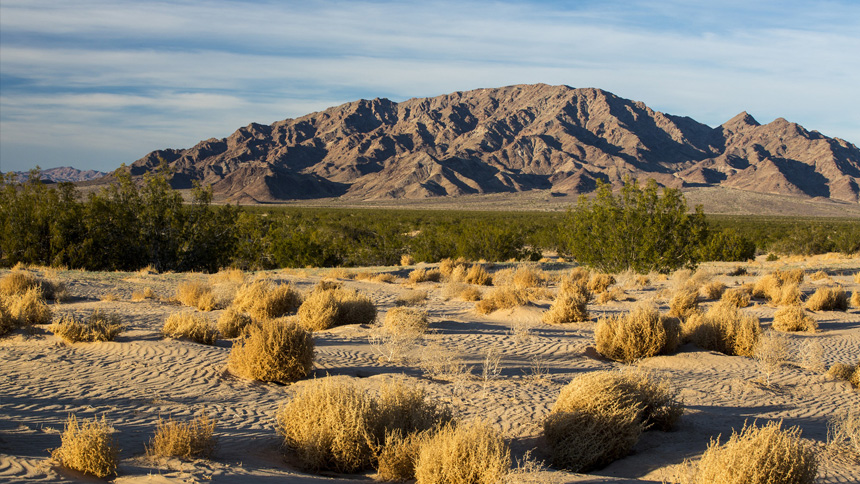
Efforts to respond to and mitigate the impact of the BP Oil Spill in the Gulf of Mexico continue. Homeland Security Secretary Janet Napolitano and Assistant to the President for Energy and Climate Change Policy Carol Browner traveled to New Orleans yesterday to receive updates from the National Incident Commander Admiral Thad Allen and senior federal officials leading the frontline response to the BP oil spill.
Below is the latest in the ongoing Administration-wide response provided by the Joint Information Center.
Heidi Avery is White House Deputy Homeland Security Advisor
****************
The Ongoing Administration-Wide Response to the Deepwater BP Oil Spill
Prepared by the Joint Information Center
UPDATED June 28, 2010 7 PM
In the Past 24 Hours
Secretary Napolitano and Carol Browner Visit to New Orleans to Inspect the Response
Homeland Security Secretary Janet Napolitano and Assistant to the President for Energy and Climate Change Policy Carol Browner traveled to New Orleans to receive updates from National Incident Commander Admiral Thad Allen and senior federal officials leading the frontline response to the BP oil spill.
In their meetings, Secretary Napolitano and Ms. Browner discussed ongoing efforts to prevent oil from reaching the shoreline along the Gulf Coast and to mitigate its impact where it does. They were also joined by Federal Emergency Management Agency Administrator Craig Fugate for a portion of the briefings to discuss preparations in the event a hurricane or tropical storm should strike the Gulf Coast.
Admiral Allen, Secretary Napolitano & Carol Browner Provide Daily Operational Update
Secretary Napolitano and Carol Browner joined Admiral Allen to provide a briefing to inform the American public and answer questions on the progress of the administration-wide response to the BP oil spill. Secretary Napolitano and Ms. Browner reiterated that the federal government’s aggressive response efforts and oversight of BP will continue until BP stops its leaking well, the damage is cleaned up, and Gulf Coast communities are made whole, and stressed that the federal government is working closely with state and local authorities to ensure that they have the resources they need to meet the evolving threat from this oil spill.
BP Continues to Optimize Oil Recovery Rates from its Leaking Well
Under the direction of the federal government, BP continues to capture some oil and burn gas at the surface using its containment dome technique—collecting oil aboard the Discoverer Enterprise, which is linked by a fixed riser pipe to the wellhead, and flaring off additional oil and gas on the Q4000, which is connected to the choke line. BP has finished installing the first free standing riser, which has greater survivability than a fixed riser and will be connected to a third vessel, the Helix Producer—a redundancy measure also taken under the direction of the federal government.
Progress Continues in Drilling Relief Wells; Ranging Process Continues
The Development Driller III continues to drill the first relief well to a depth of approximately 16,545 feet. The Development Driller II has drilled the second relief well—a redundancy measure taken at the direction of the administration—to a depth of more than 12,000 feet below the Gulf surface.
BP continues the “ranging” process—which involves periodically withdrawing the drill pipe and sending an electrical signal down to determine how close they are getting to the wellbore.
NOAA-Supported Scientists Predict Increase in Area Containing Depleted Oxygen Levels
While it is unclear what impact, if any, will be linked to the BP Deepwater Horizon oil spill, a team of NOAA-supported scientists from the Louisiana Universities Marine Consortium, Louisiana State University, and the University of Michigan, predict that the northern Gulf of Mexico hypoxic zone, an underwater area with little or no oxygen known commonly as the “dead zone,” could be larger than the recent average by 500-1,800 square miles.
This forecast is based on Mississippi River nutrient flows compiled annually by the U.S. Geological Survey. Dead zones off the coast of Louisiana and Texas are caused by nutrient runoff, principally from agricultural activity, which stimulates an overgrowth of algae that sinks, decomposes, and consumes most of the life-giving oxygen supply in the water. The federal government continues to engage the best scientific minds available to monitor the impacts of the BP oil spill on all aspects of the environment, including oxygen levels in the water column.
NOAA Expands Fishing Restriction in the Gulf; More than 66 Percent Remains Open
As part of continued efforts to ensure the safety of seafood from the Gulf of Mexico and protect consumers, NOAA has expanded the closed fishing area in the Gulf of Mexico to include portions of the oil slick moving beyond the area’s current northern boundary, off the Florida panhandle’s federal-state waterline. This boundary was moved eastward to Cape San Blas. The closed area now represents 80,228 square miles—approximately 33.2 percent—of federal waters in the Gulf of Mexico. This closure does not apply to any state waters. This leaves more than 66 percent of Gulf federal waters available for fishing. Details can be found at http://sero.nmfs.noaa.gov/.
Approved SBA Economic Injury Assistance Loans Top $8 Million
SBA has approved 121 economic injury assistance loans to date, totaling more than $8 million for small businesses in the Gulf Coast impacted by the BP oil spill. Additionally, the agency has granted deferments on 493 existing SBA disaster loans in the region, totaling more than $2.25 million per month in payments. For information on assistance loans for affected businesses, visit the SBA’s Web site at www.sba.gov/services/disasterassistance, call (800) 659-2955 (800-877-8339 for the hearing impaired), or email disastercustomerservice@sba.gov.
Administration Continues to Oversee BP’s Claims Process
The administration will continue to hold the responsible parties accountable for repairing the damage, and repaying Americans who’ve suffered a financial loss as a result of the BP oil spill. To date, 82,351 claims have been opened, from which more than $128.4 million have been disbursed. No claims have been denied to date. There are 933 claims adjusters on the ground. To file a claim, visit www.bp.com/claims or call BP’s helpline at 1-800-440-0858. Those who have already pursued the BP claims process and are not satisfied with BP’s resolution can call the Coast Guard at (800) 280-7118. Additional information about the BP claims process and all available avenues of assistance can be found at www.disasterassistance.gov.
By the Numbers to Date:
- The administration has authorized the deployment of 17,500 National Guard troops from Gulf Coast states to respond to this crisis; currently, 1,675 are active.
- Approximately 38,600 personnel are currently responding to protect the shoreline and wildlife and cleanup vital coastlines.
- More than 7,200 vessels are currently responding on site, including skimmers, tugs, barges, and recovery vessels to assist in containment and cleanup efforts—in addition to dozens of aircraft, remotely operated vehicles, and multiple mobile offshore drilling units.
- Approximately 2.75 million feet of containment boom and 4.86 million feet of sorbent boom have been deployed to contain the spill—and approximately 883,000 feet of containment boom and 2.14 million feet of sorbent boom are available.
- More than 28.2 million gallons of an oil-water mix have been recovered.
- Approximately 1.58 million gallons of total dispersant have been applied—1.03 million on the surface and 552,000 sub-sea. More than 446,000 gallons are available.
- 275 controlled burns have been conducted, efficiently removing a total of approximately 10 million gallons of oil from the open water in an effort to protect shoreline and wildlife. Because calculations on the volume of oil burned can take more than 48 hours, the reported total volume may not reflect the most recent controlled burns.
- 17 staging areas are in place to protect sensitive shorelines.
- Approximately 213 miles of Gulf Coast shoreline is currently oiled—approximately 69 miles in Louisiana, 45 miles in Mississippi, 45 miles in Alabama, and 54 miles in Florida. These numbers reflect a daily snapshot of shoreline currently experiencing impacts from oil so that planning and field operations can more quickly respond to new impacts; they do not include cumulative impacts to date, or shoreline that has already been cleared.
- Approximately 80,228 square miles of Gulf of Mexico federal waters remain closed to fishing in order to balance economic and public health concerns. More than 66 percent remains open. Details can be found at http://sero.nmfs.noaa.gov/.
- To date, the administration has leveraged assets and skills from numerous foreign countries and international organizations as part of this historic, all-hands-on-deck response, including Canada, Germany, Mexico, Netherlands, Norway, the United Nations’ International Maritime Organization and the European Union's Monitoring and Information Centre.
Resources:
- For information about the response effort, visit www.deepwaterhorizonresponse.com.
- For specific information about the federal-wide response, visit http://obamawhitehouse.archives.gov/deepwater-bp-oil-spill.
- To contact the Deepwater Horizon Joint Information Center, call (713) 323-1670.
- To volunteer, or to report oiled shoreline, call (866) 448-5816. Volunteer opportunities can also be found here.
- To submit your vessel as a vessel of opportunity skimming system, or to submit alternative response technology, services, or products, call 281-366-5511.
- To report oiled wildlife, call (866) 557-1401.
- For information about validated environmental air and water sampling results, visit www.epa.gov/bpspill.
- For National Park Service updates about potential park closures, resources at risk, and NPS actions to protect vital park space and wildlife, visit http://www.nps.gov/aboutus/oil-spill-response.htm.
- For Fish and Wildlife Service updates about response along the Gulf Coast and the status of national wildlife refuges, visit http://www.fws.gov/home/dhoilspill/.
- For daily updates on fishing closures, visit http://sero.nmfs.noaa.gov.
- For information on assistance loans for affected businesses, visit the SBA’s Web site at www.sba.gov/services/disasterassistance, call (800) 659-2955 (800-877-8339 for the hearing impaired), or email disastercustomerservice@sba.gov.
- To file a claim with BP, visit www.bp.com/claims or call BP’s helpline at (800) 440-0858. A BP fact sheet with additional information is available here (pdf). Those who have already pursued the BP claims process and are not satisfied with BP’s resolution, can call the Coast Guard at (800) 280-7118. More information about what types of damages are eligible for compensation under the Oil Pollution Act as well as guidance on procedures to seek that compensation can be found here.
- In addition, www.disasterassistance.gov has been enhanced to provide a one-stop shop for information on how to file a claim with BP and access additional assistance—available in English and Spanish.
- Any members of the press who encounter response personnel restricting their access or violating the media access policy (pdf) set forth by Admiral Allen should contact the Joint Information Center. Click here for more information, including a list of regular embed opportunities.


